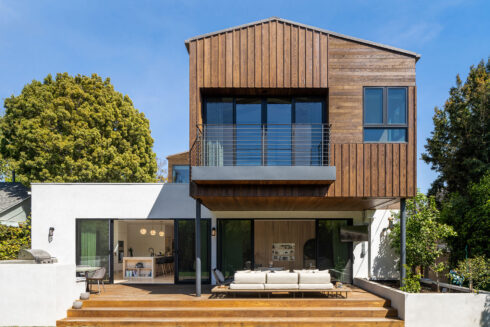Contact us
Have a question about our products, purchasing or customer service?
We`re here to help.

Prefer to call or email us directly?
Would you rather speak with us personally instead of filling out a form? You can reach out to our sales team by phone or email. Visit our Thermory Team page to find the right representative in your country or region.

Have a question or need assistance?
The quickest way to get answer is to fill out our contact form. Your message will automatically be routed to the right Thermory expert by region and product category, so you`ll receive a quick and helpful response.
Have a different question?
For general inquiries not related to product sales or support, feel free to contact our
head office:
[email protected] I +372 606 2903
Lõõtsa 1a, 11415 Tallinn, Estonia
REG. no. 10278819
VAT no. EE100328886



